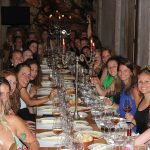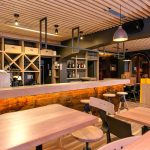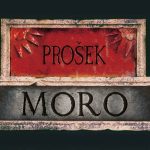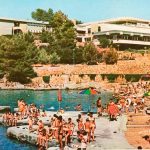And so begins the best month on Hvar, for me at least.
Peak season is officially over in Jelsa, the feelgood factor of Festa Vina fresh in people’s minds, the stress of tourist demands reduced, and locals have more time, and with one eye on the fields and the grape harvest.
This year’s summer in Jelsa has been the most interesting since I started working in tourism, partly due to more international friends visiting and deciding to explore a little more with my help, partly because of the conversations I have had with them and locals about tourism in the town, and its potential.
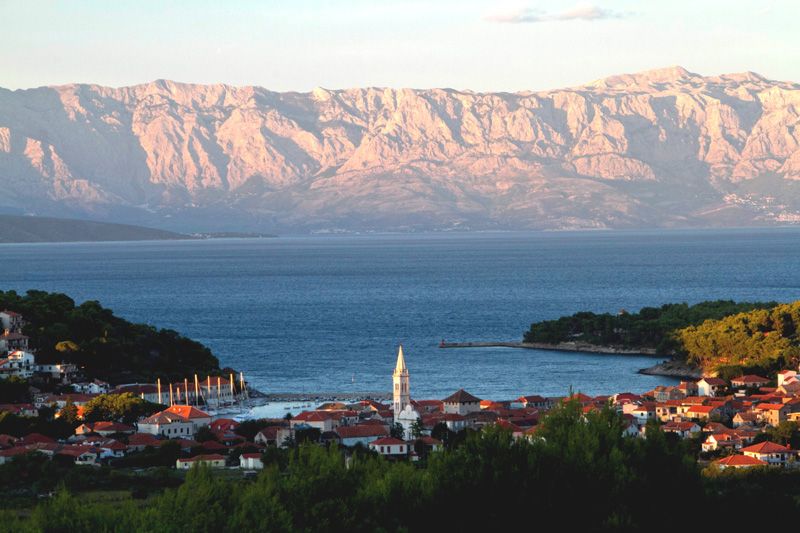
One topic I get asked a lot is about how I view the blogs earlier this year criticising the Jelsa Tourist Board. I stand by everything I wrote back then, and it is nice to see some small changes have resulted (no need to go back to the 2014 bus timetables, but bi-lingual fliers for events, seaplane timetables are small but important changes).
And it was nice to see the tourist board director growing in confidence through the summer, and pulling off a very good cultural summer programme, for which he rightly deserves credit. He was even kind enough to email me his (bi-lingual) programme for Festa Vina, the first time in four years I had received an email from the Jelsa Tourist Board. Warm congratulations for the summer programme, a marked improvement on the earlier marketing of the destination, two things which will be covered in the next article.
An events programme is one part of the job of course, and three conversations I had this summer focused my thinking somewhat, and they led to this three-part blog on tourism in Jelsa – the opportunities, the constructive criticism through a foreign eye (and looking at Jelsa as a tourist destination through the English language looks VERY different to the local perspective, something we will look at in the second part), and some simple and constructive suggestions to move things forward simply and easily, assuming local politics can take a back seat to the needs of tourism.
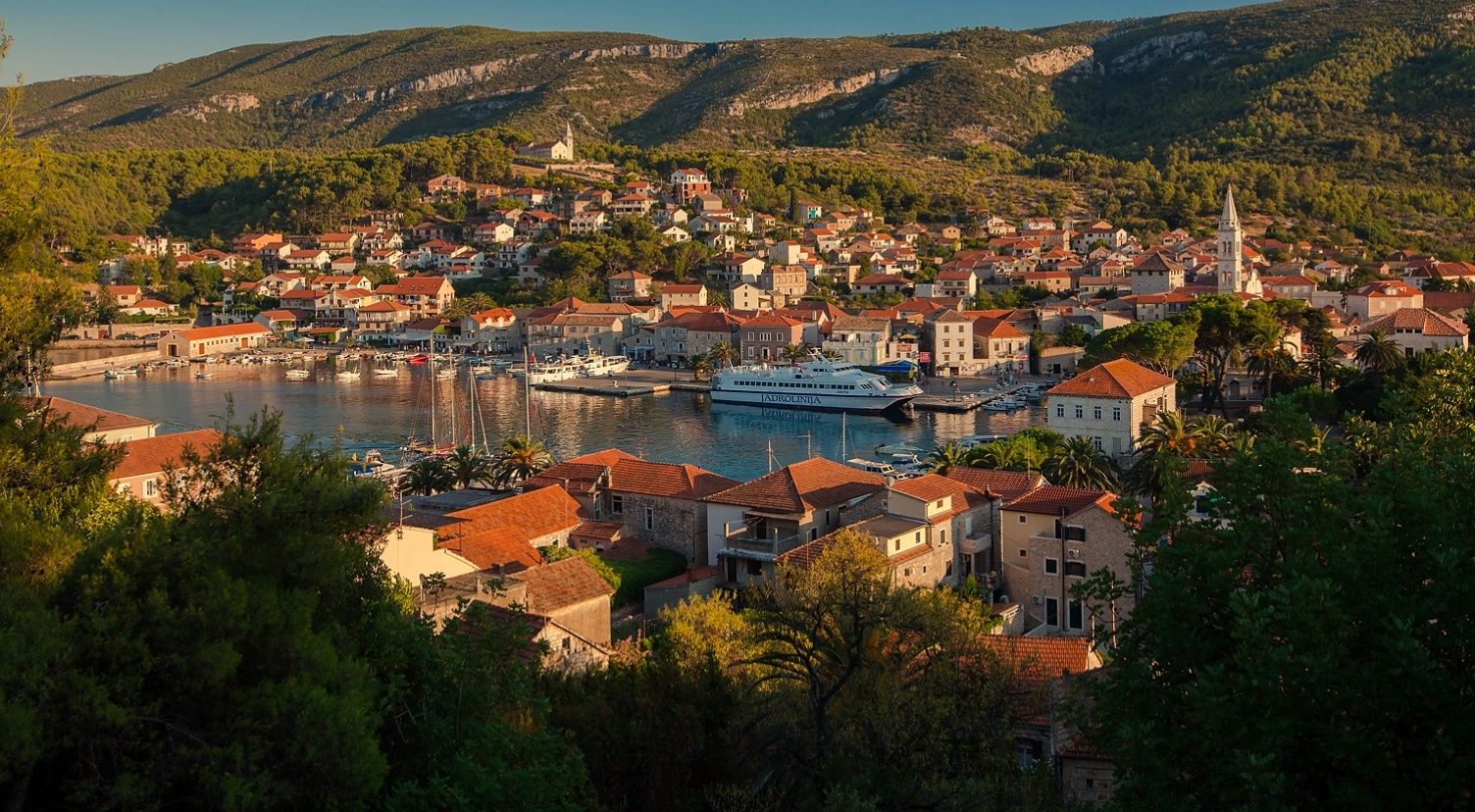
American friends who have been coming for ten years to Jelsa were here in May, with their son, daughter-in-law and three grandkids. With three generations to entertain, they asked for suggestions for things to do, and I was happy to help. So happy were they with the variety of attractions and activities that Grandma Carol told me in an interview for the site that Jelsa in May was their best family holiday ever. Read about what they got up to, and their impressions here.
There were lots of things in their stay that many locals are not aware of, and it once again got me thinking about the marketing of Jelsa over the last 15 years – there is a reason why the previous director was replaced…
A few weeks later I bumped into one of Jelsa’s most successful businessmen on the riva. Although his business has a tourism element, his core business is not tourism-related, but he cares about the town a great deal, and he was genuinely sad at what he witnessed in front of him:
“This is our tourism, tourist boats which come for 45 minutes in the morning, use our toilets, perhaps buy an ice cream, then disappear to Bol. And then in the evening, two square metres on the edge of the main square selling ice cream. That is what Jelsa tourism has become, and yet we have such a great town, with such a great offer.”
I understood what he meant. After a very slow start to the season, the numbers have picked up, with the hotels offering great peak season deals to fill the place. With half-board (kids free) in August for 200 euro a person, it is no wonder that the numbers are good, and those tourists are on a budget, and so will probably limit their downtown activity to an ice cream or a beer a day.
How is it possible that Grandma Carol’s amazing holiday of a lifetime and my local businessman’s summary of the reality of tourism are so far apart? After much thought this summer, the answer comes, I think, in three parts:
1. Explaining what Jelsa has to offer (See below)
2. Communication and marketing in a language that tourists understand (Blog 2)
3. Deciding whether or not local politics is more important than tourism (Blog 3)
I want you to forget everything you know about Jelsa as a tourist destination, and follow me to explain a destination as I would to potential foreign visitors. Sometimes a destination is so rooted in what it has become that it is impossible to visualise what it could be.
“Jelsa, the Family Destination on the Island of Sun.”
Located in a pretty historic harbour of Croatia’s sunniest and premier island, the picturesque town of Jelsa offers visitors a rare combination of excellent beaches, activities, day trips, wine and gastronomy, breathtaking nature, a children’s paraside, untouched by modern tourism traps, a true case of The Mediterranean as It Once Was. A fabulous island experience just 3.5 hours from major European hubs like Frankfurt and Munich, 12 months of the year.
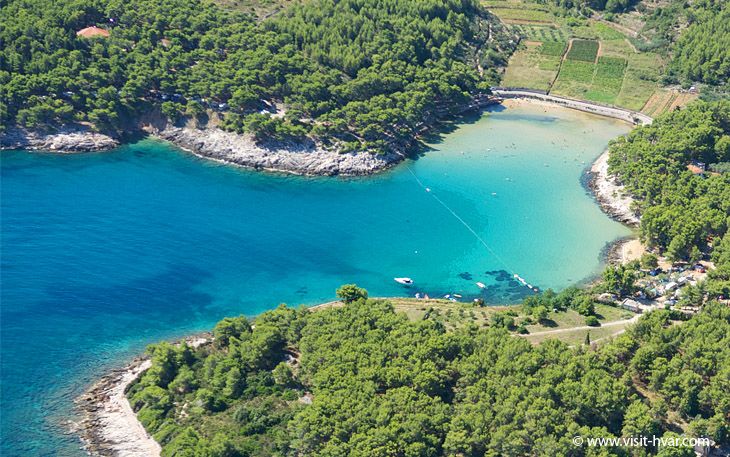
Beaches – One of the great attractions of Hvar, Jelsa’s beaches are among the best, with some rare sandy ones to compliment the pebble and rocky beaches which offer such clear water. Bays such as Mina and Grebisce are shallow and very popular with families. Swimming season is typically from May to October.
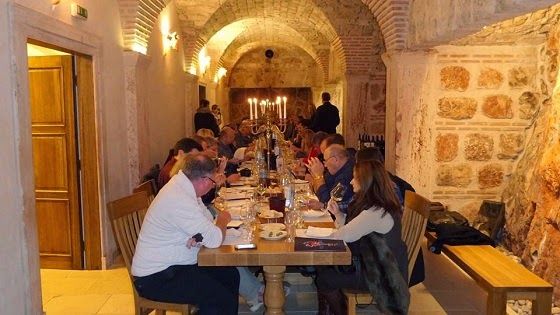
Wine – With a wine tradition dating back 2400 years, Hvar has a rich wine tradition, and Jelsa’s heritage includes being the island’s town of wine. Much less wine is made today, but the quality is better than ever, and the tasting experiences of Andro Tomic and Ivo Dubokovic are among the best in the country. Just two kilometres away are the organic gold-medal winning wines of the Svirce Cooperative, as well as Ivo Caric, who exports to California. Such is the diversity of the Hvar wine story that the president of the Hvar Wine Association came up with a great heritage and wine concept called Hvar Wine Time Traveller, which has the capacity to extend the season and celebrate the island’s considerable heritage through wine. Read about the concept here (it is excellent).
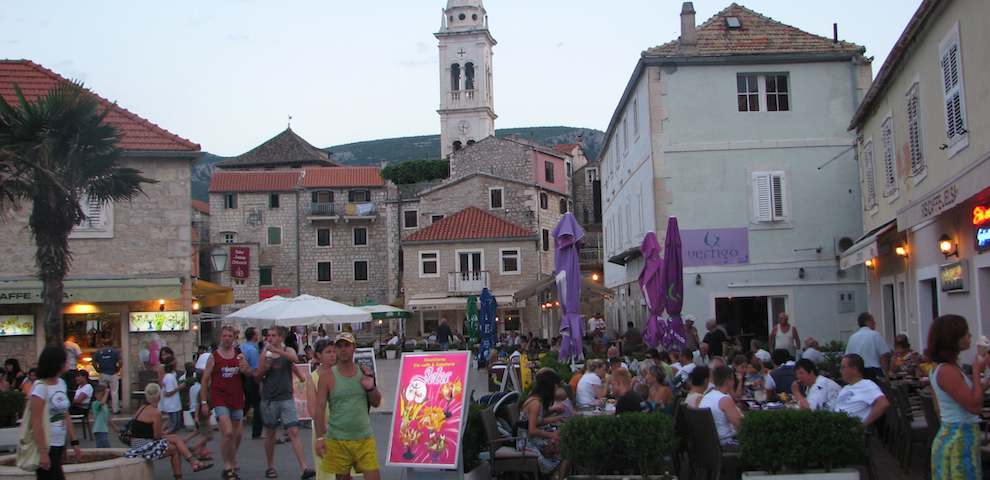
Pjaca (Main Square) – for many of course, a holiday is about relaxing, taking away the stress of working life, and Jelsa has an absolute gem in that regard – its main square, or pjaca. While many plan active holidays, the lure of the laganini lifestyle over a coffee or two, while watching the kids play safely in the square, starts out as an attractive part of the day and quickly becomes addictive. The Jelsa square is one of the true treasures of Dalmatia.
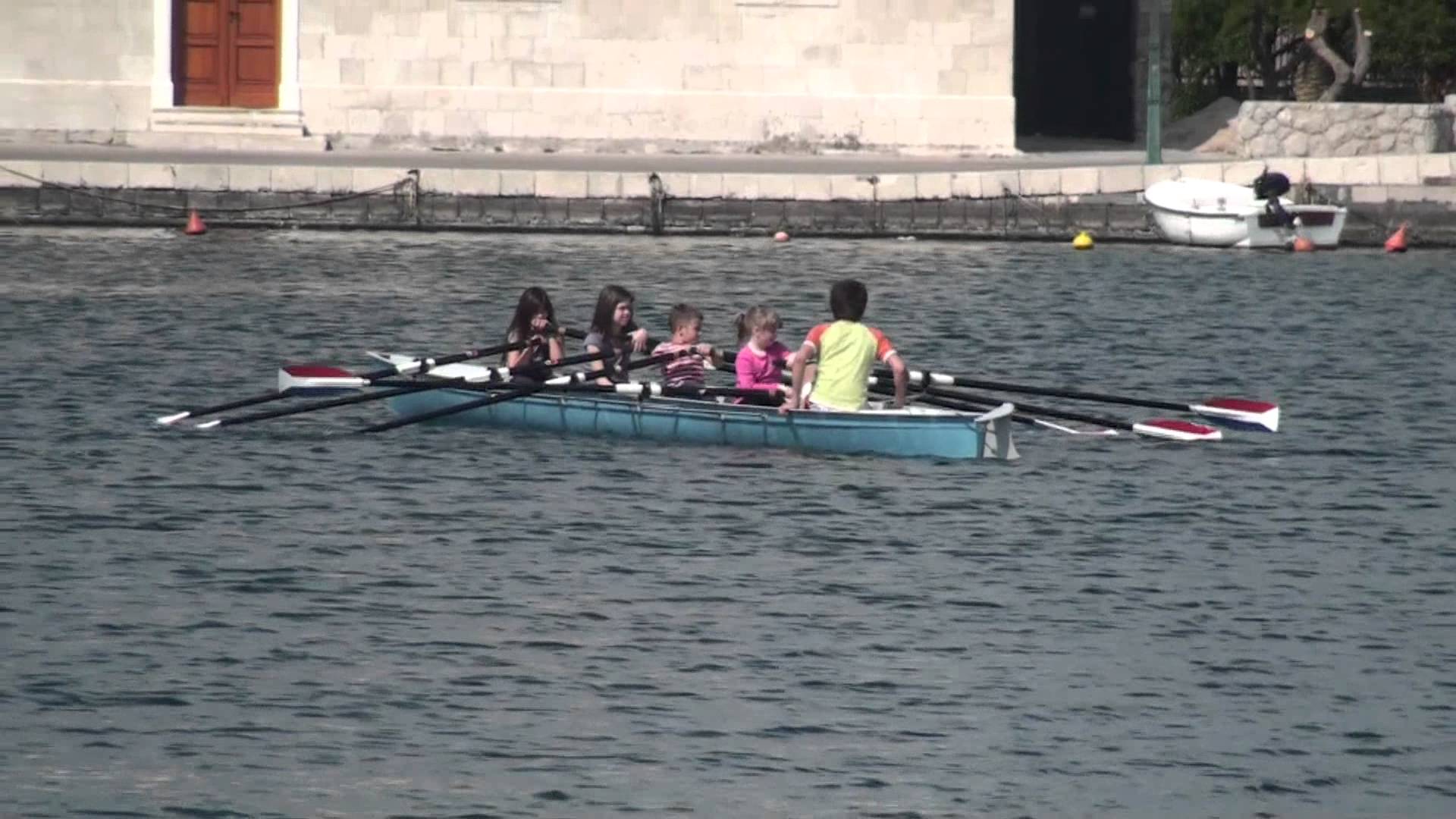
Kids – Dalmatia is a society which adores children, and Jelsa is one of the safest paradises of all. The whole centre is pedestrianised in season, and kids can freely run around the square making new friends while parents relax over a coffee and observe from distance. From the beaches to Jelsa’s famous ice cream and a range of activities in between, there is a reason why Jelsa remains a favourite childhood holiday memory for many.
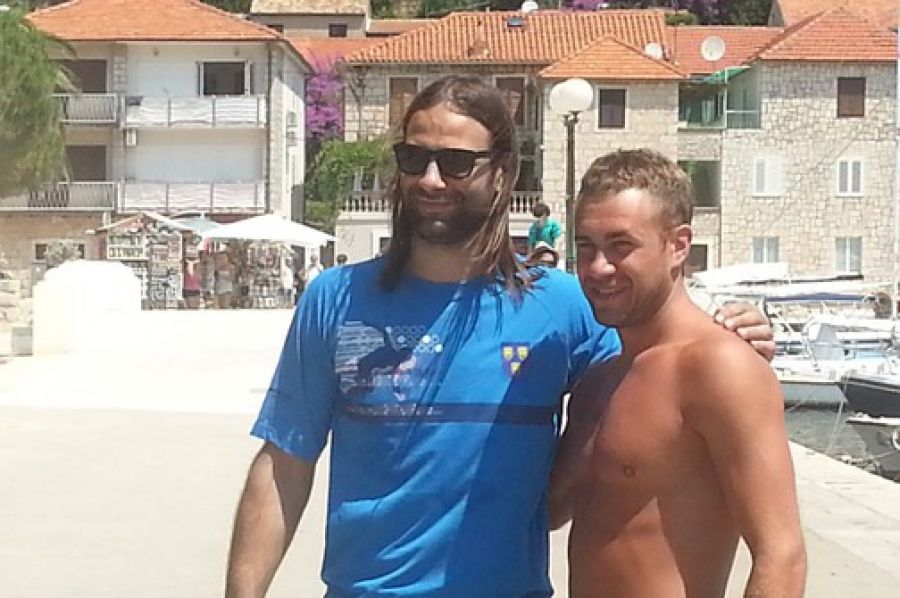
Sport – From one of the best rowing clubs in the country to handball training camps run by Croatia’s most famous handball legend, Jelsa has a proud sporting tradition with great potential. A new, multi-purpose sports hall next to a football pitch are but two excellent facilities, which also include numerous tennis courts. Cyclists and hikers are discovering the destination in increasing numbers.
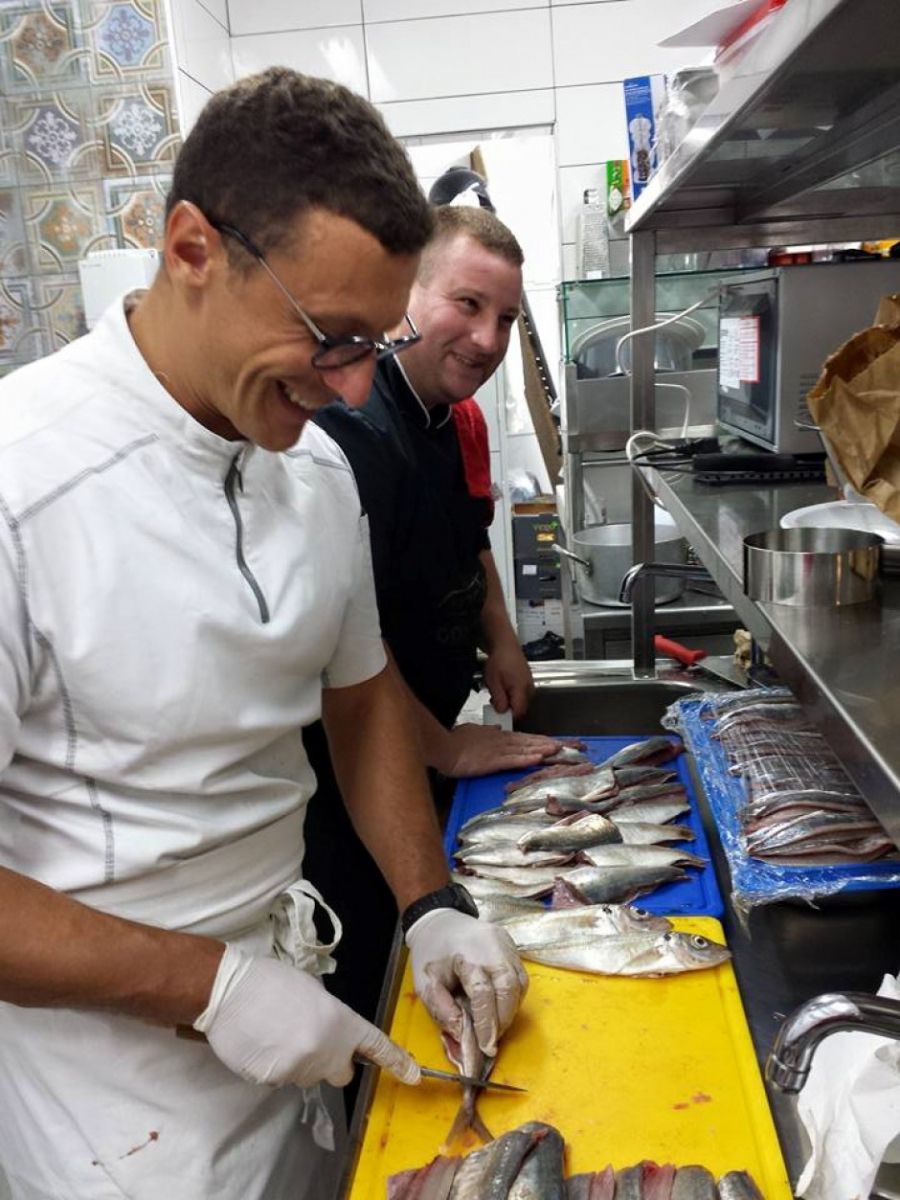
Gastro – Hvar is the only island in the world with 4 UNESCO heritages, and the latest, awarded in 2013, included the island as one of only seven locations on the Mediterranean to have the Mediterranean Diet as intangible UNESCO heritage. From the daily fresh fish and other fruits of the Adriatic, to the homegrown seasonable vegetables which remind visitors how vegetables used to taste before 24-hour supermarket shopping, traditional Dalmatian fare is one of the highlights of a holiday for many.
Non-Commercial Destination – With so many Mediterranean destinations overrun these days with modern tourism, a visit to Jelsa is a true return to the Mediterranean as It Once Was. No neon lights here, and almost no advertising. Just a beautiful old stone town built around a pretty harbour.
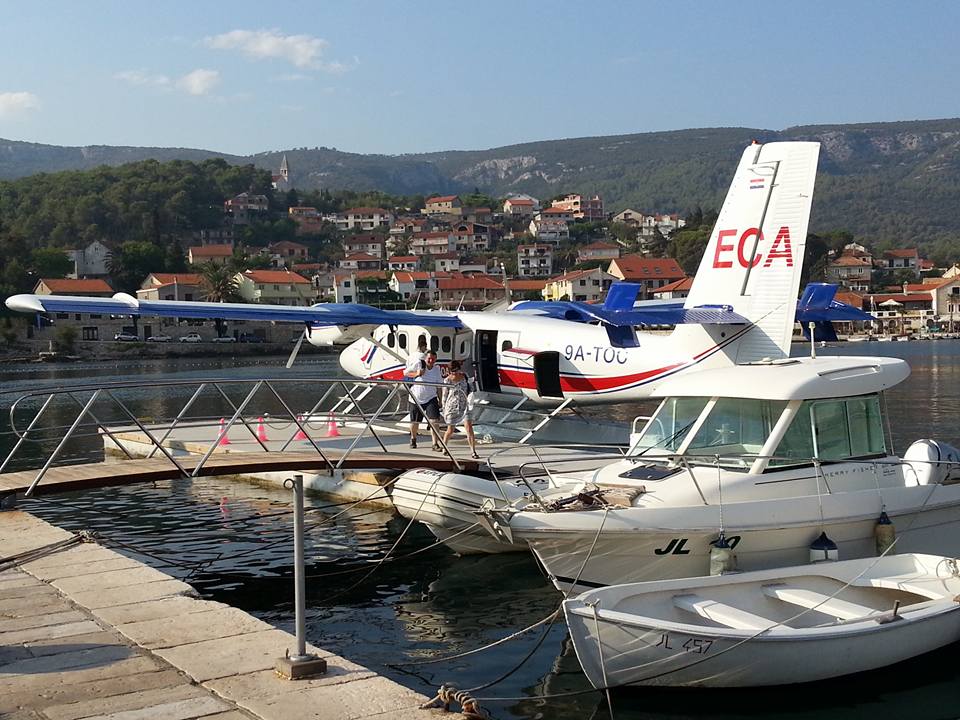
Connections – For a small town on an island, Jelsa’s connections are good. There is a daily catamaran to Split via Bol, on Brac, as well as several seaplane flights a day connecting the airport and downtown Split. There are also year-round ferries both sides of Jelsa, depending on your end destination. Tourist boats in season to and from Bol provide more options.
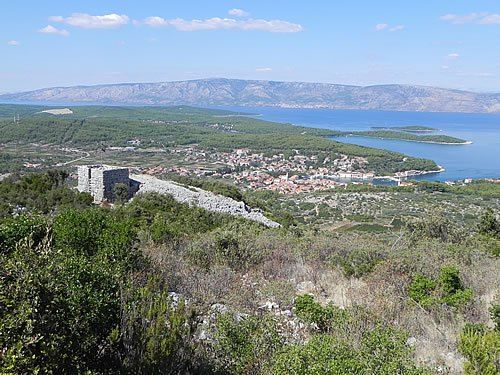
Inland heritage – Many locals were amazed when foreigners came in 2004 and bought useless ruined goatsheds in the hills, with the intention to turn them into holiday homes. A short walk from Jelsa takes one away from the beach and into the hills to timeless old Dalmatian villages, some of which date back 2000 years, where little seems to have changed.
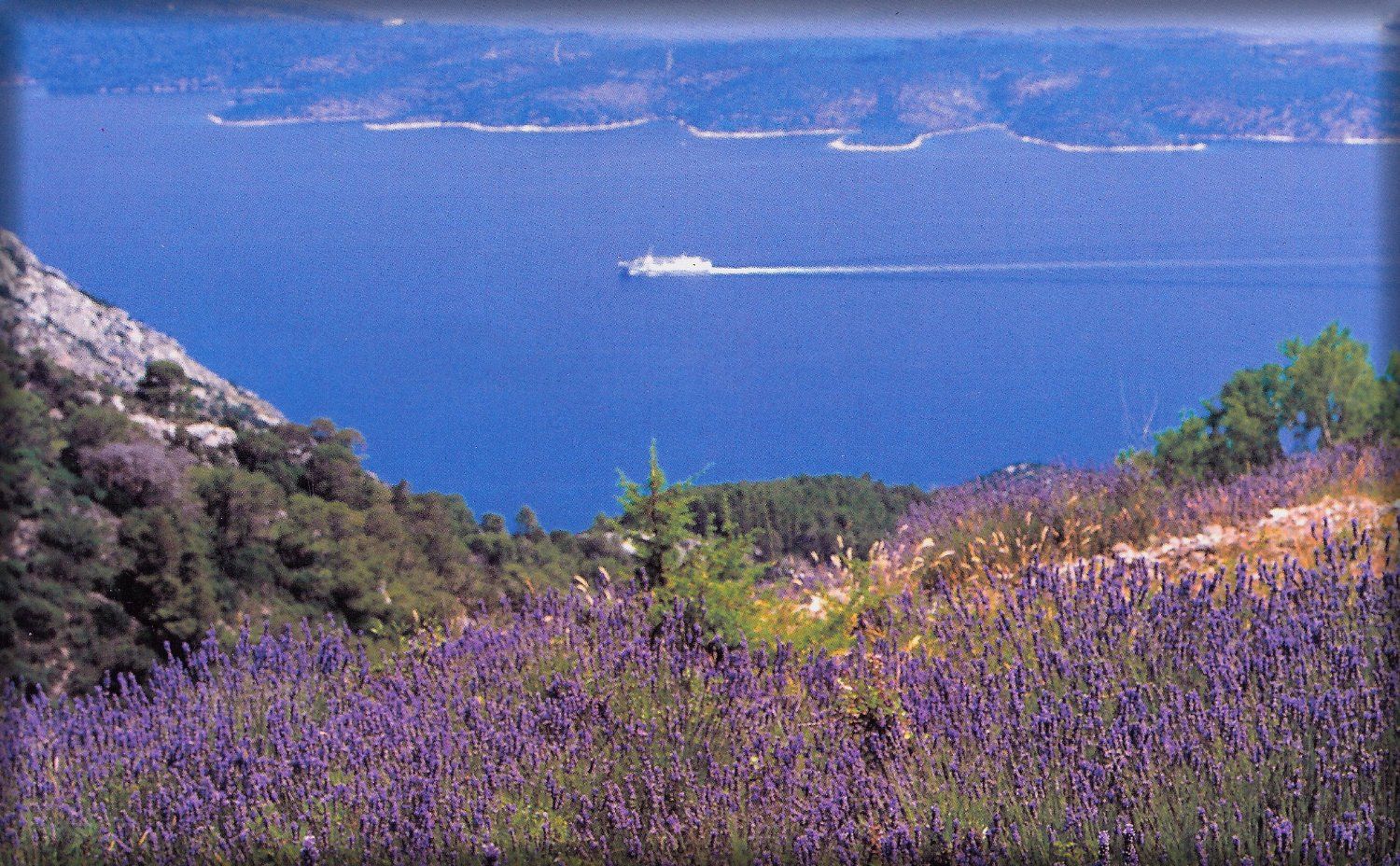
Simple nature – One huge attraction which most locals miss or take for granted. A major attraction for many is Jelsa’s timeless beauty and its abundant nature. One leading boutique tour operator said recently that several of his New York executives cite the highlight of their trip as being something so ordinary as smelling lavender in bloom, plucking a lemon from a tree. Simple, natural things which do not exist in the life of busy New York executives… Several innovative tours, such as the honey tour and herbal walk have sprung up to meet this opportunity.
Just a few kilometres away… With five tourist boards on the island, it is not the custom to promote the rest of the island, and yet there are some amazing things to see, just a few kilometres away. Walk along the coast just 3.5km to ‘Little Venice’, the town of Vrboska complete with its unique fortress church, one of the prettiest destinations in Croatia. Walk a little further and enter a UNESCO World Heritage Site, which dates back 2400 years – the Stari Grad Plain. Did you know that Jelsa is now the only place in the world where you can visit THREE UNESCO World Heritage Sites in 20 minutes’ travel? Continue a little further and discover the cobbled streets of Croatia’s oldest town, Stari Grad. Or head into the main population centre of the island, Hvar Town, complete with celebrity megayachts and the oldest public theatre in Europe – take your pick. Or head through the atmospheric Pitve Tunnel to the southside beach resorts of Zavala, Ivan Dolac and Sveta Nedjelja.
Or head east for a few kilometres to the best eco-ethno village in Dalmatia – Humac, a spectacular example of traditional Dalmatia, and from there, take the tour to the Neolithic Cave of Grapceva, to experience a Hvar of long, long ago.
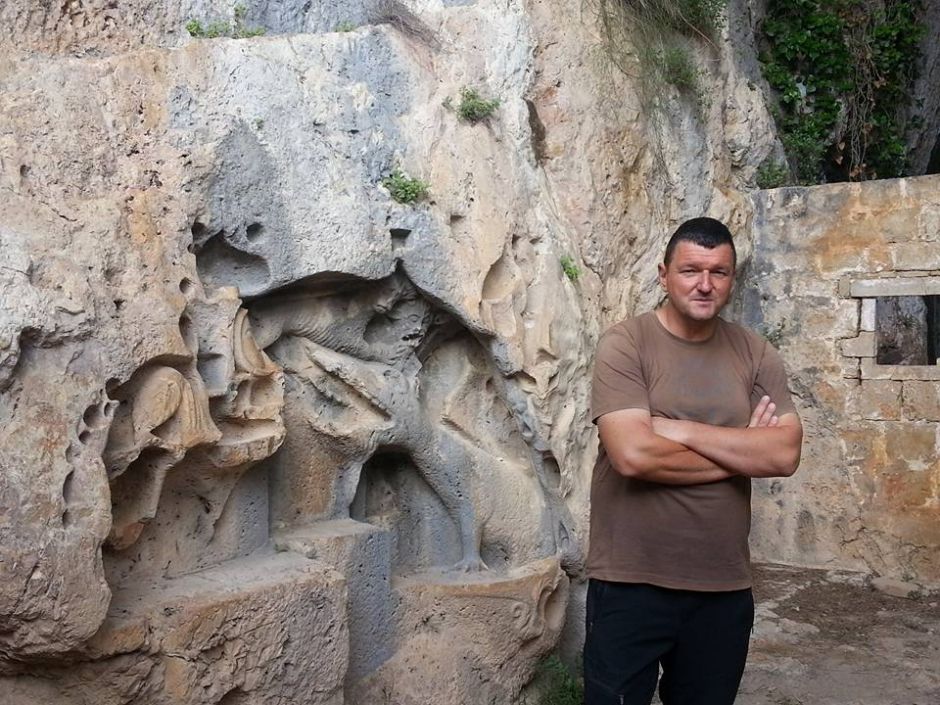
Day trips – Lying on the beach is all very well, but what are the options for exploring a little further afield? Jelsa has an excellent selection of day trips. With the arrival of the seaplanes, downtown Split and Split Airport are 15 minutes away, meaning World Heritage Sites Diocletian’s Palace and the old town of Trogir are easily accessible. The daily tourist boats to Bol bring the world famous Zlatni Rat beach into view, as well as a hike to the Dragon’s Cave for the more adventurous, one of the most spectaular sites in Croatia. Check it out here.
A tour of Hvar Town is a must of course, as is a visit to the emerald jewels of the Pakleni islands, but there are other magical day trips which are not so popular. Consider a visit to the island of Scedro, just off Hvar’s southern coast, whose aromatic rosemary honey was judged to be the fourth-best in the world at the 2011 Apimondia. Here just one family lives full-time, their water drawn from the cistern of the 15th century monastery, which symbolises a different lifestyle in a time gone by. Or take the old road to Hvar Town through pretty stone villages, lavender fields and olive groves to discover a world lost in time and beauty.
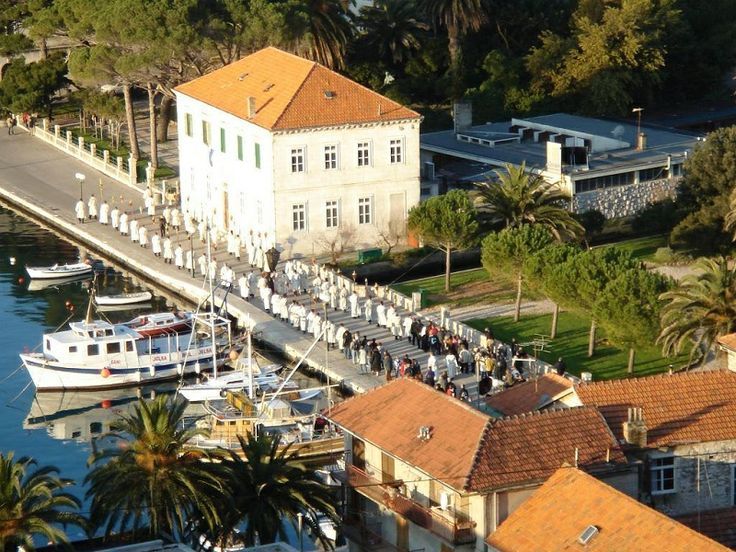
Easter Procession and the traditions of Jelsa – One of the best times to visit Jelsa is Easter. Apart from being a period when the island slowly wakes from its winter slumber, Jelsa is the focus of a UNESCO-protected 500 year-old tradition a few days before Easter, when six crossbearers simultaneously lead six processions some 22km through the night through Jelsa, Pitve, Vrisnik, Svirce, Vrbanj and Vrboska. A unique event in Europe, and just one of the many Jelsa traditions on display throughout the year.
I am sure there are more things to add, which I cannot think of now, but those are – at least in my opinion – the building blocks to make Jelsa a sensational destination, many of which are not even mentioned, and a large number that most tourists have no idea about. There are so many aspects of the tourism offer – activities, wine and gastronomy, nature, heritage – to develop Jelsa’s tourism on so many levels, and on a much higher level than today’s ice-cream tourism.
And taking all the above into consideration, are there many better destinations in Europe for a happy, healthy family destination?
Thus ends Part One. To be continued…

